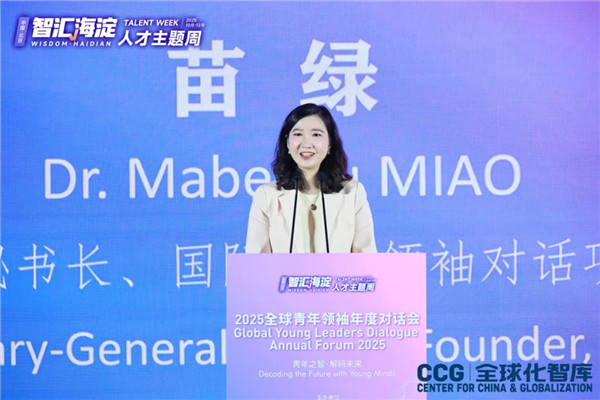Zhou Xiaoming: A community with a shared future for the benefit of world
July 22 , 2021By Zhou Xiaoming, a senior research fellow at the Center for China and Globalization(CCG) and former deputy permanent representative of China’s Permanent Mission to the United Nations Office in Geneva.
Talking about a community with a shared future for mankind, I can’t help thinking of the summer of 2016, when I participated in a meeting deliberating the concept and its adoption in the ministerial declaration of the Group of 70 and China.
The concept was put forward by President Xi Jinping during his visit to the Moscow Institute of International Relations in 2013. He told his audience that since all the countries are intricately connected and interdependent, the world was increasingly turning into a community with a shared future where everyone was part of someone else. In his speech at the United Nations Office in Geneva in January 2017, Xi expounded his vision for such a community-a world of lasting peace, universal security and common prosperity, and one that is also open and inclusive as well as environmentally friendly and beautiful.
The shared future Xi highlighted is characterized by peace, rather than war; by win-win cooperation and partnerships, rather than the winner taking all; and by solidarity and cooperation among races and countries, rather than division and confrontation. Subsequently, Xi’s vision for humankind’s shared destiny became a critical component of China’s foreign policy.
China’s grand vision for helping build a community with a shared future for mankind is rooted in the country’s civilization and culture. Confucius (551-479 BC) envisaged “great harmony under the sun”, convinced that “human beings across the land” share kinship. Other Chinese sages, too, advocated living in harmony, advising people to help and love each other. And the teachings of Chinese sages have had a bearing on the development of the Chinese nation.
At the heart of China’s vision for building a global community with a shared future lies the desire for peace-a defining feature of Chinese civilization throughout history. Historians have stressed that the Chinese nation has been constantly defending peace. The ambition to dominate the world has always been frowned upon in Chinese society.
Yet the Chinese people will never forget the humiliation the country suffered after 1840, such as the cessation of Hong Kong to Britain and the more than 30 million casualties at the hands of the Japanese invaders before and during World War II.
Following a long-held Confucian tenet, “do not do to others what you don’t want to be done to you”, China is determined to rise through peaceful means, and not interested in imposing its values and conditions on other countries.
China’s efforts to help build a community with a shared future for mankind is the answer to many of the challenges of our times. In our globalized village, we have felt the butterfly effect. The collapse of Fannie Mae and Freddie Mac in 2008 brought the global financial system to its knees, and plunged the global economy into a deep crisis.
And the COVID-19 has once again proved the truism: in a pandemic nobody is safe until everybody is safe. Global challenges such as climate change, nuclear proliferation and terrorism demand global solutions for which all the countries need to work together. In this regard, as an antidote to nationalism and unilateralism, the proposed community with a shared future is all about solidarity and cooperation among countries, about contributing and sharing, and about multilateralism.
In addition, China’s idea of a community with a shared future embodies the common aspiration of the great majority of the global population, especially those in the developing world. It is, in essence, democracy in international relations. It means an end to hegemony and bullying, making the international order fairer and more just. In this new international eco-system, countries, whether big or small, powerful or weak, would be equals and have the same rights and say in international affairs. The community with a shared future also features development and prosperity throughout the world, in alignment with the common desire of poor countries. Consequently, no one under the sky would be left behind, making the substantial development goals of the United Nations a reality.
China practices what it preaches. It has been working to help build a community with a shared future for mankind. For instance, it proposed the Belt and Road Initiative to improve connectivity among countries across Asia, Africa and Europe, so they could benefit from its economic development. And more than 160 countries have concluded cooperation agreements with China.
China also took the lead in founding and funding the Asian Infrastructure Investment Bank, which finances projects critical to development in the recipient countries. It held, amid the “Buy American” campaign, the China International Import Expo, the only import-oriented trade fair in the world. It has also supplied nearly 500 million doses of COVID-19 vaccines to other countries at a time when the West is hoarding vaccines.
China’s efforts to build a community with a shared future for mankind are not meant to promote its own interests, but to improve the well-being of the people across the world. So let us spread the concept across the world.
Topical News See more






